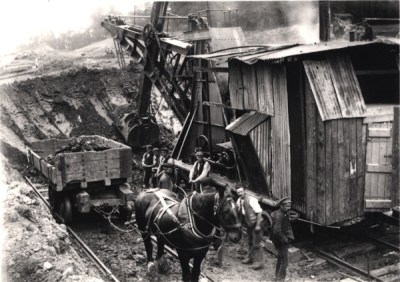To a casual observer of public discourse here in 2024 it seem extremely odd that the issue of replacing coal fired power stations with wind turbines is a matter of controversy, whether in America or Europe it’s an issue which causes some sparks to fly. The Atlantic has a recent article with a set of pictures from a gentler time in which the industrious nature of Nebraskan farmers in the 1890s receives praise as they create a wide variety of home-made wind turbines.
Farmers have always been the best hardware hackers, using what they have at hand to solve their problems and create the things they need. Perhaps out image of agricultural wind power is one of commercially produced wind pumps, but these are the generation of home-made devices which preceded that. Some of them look conventional to modern eyes, but others such as the horizontal “Jumbo” turbines have little equivalent today.
It’s easy to forget with so many energy sources at our disposal, that in the past the locality affected the choice of motive power. The Netherlands doesn’t have windmills because they are pretty, but because hundreds of years ago they lacked handy coal mines or convenient heads of water. Similarly out in the Nebraskan prairies they had plenty of wind, and never the folk to pass up on an opportunity, they made the best of it. And we’re very glad over a century later, that someone took the time to record their work.
If you’re hungry for more old-style wind power, we’ve got you covered, meanwhile 19th century America was no stranger to clever ways to use power.
Thanks [Hugh Brown] for the tip.














